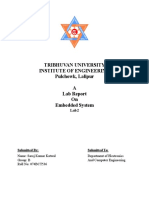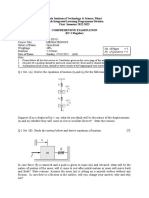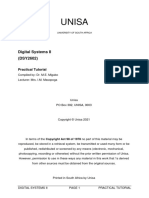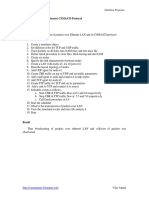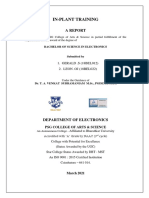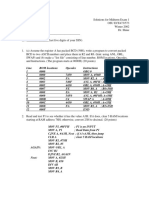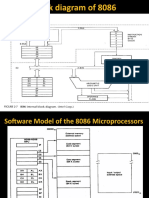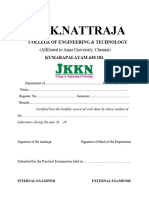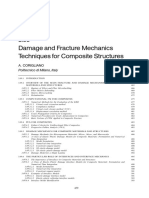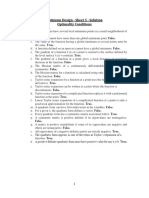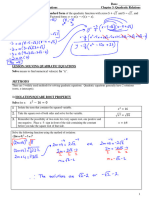There are more different neighborhood structures or topologies (for instance,
pyramid topology, the Von Neumann topology and so on), but there is no the best
topology known to find the optimum for all kinds of optimization problems.
3.6 Problem Formulation of PSO algorithm
Problem: Find the maximum of the function
with
using the PSO algorithm. Use 9 particles with the initial positions
, , , , ,
and . Show the detailed computations for iterations 1, 2 and 3.
Solution:
Step1: Choose the number of particles: , , ,
, , and .
The initial population (i.e. the iteration number ) can be represented
as
, , ,
, ,
, , .
Evaluate the objective function values as
Let
Set the initial velocities of each particle to zero:
Step2: Set the iteration number as and go to step 3.
Step3: Find the personal best for each particle by
20
� So,
, .
Step4: Find the global best by
Since, the maximum personal best is thus
Step5: Considering the random numbers in the range (0, 1) as and
and find the velocities of the particles by
so
, , ,
, .
Step6: Find the new values of by
So
, , ,
, , ,
, , .
Step7: Find the objective function values of
Step 8: Stopping criterion:
If the terminal rule is satisfied, go to step 2,
Otherwise stop the iteration and output the results.
21
�Step2: Set the iteration number as , and go to step 3.
Step3: Find the personal best for each particle.
Step4: Find the global best.
Step5: By considering the random numbers in the range (0, 1) as
and find the velocities of the particles by
so
, ,
, , .
Step6: Find the new values of by
so
,
, , ,
1.9240, .
Step7: Find the objective function values of
Step 8: Stopping criterion:
If the terminal rule is satisfied, go to step 2,
Otherwise stop the iteration and output the results.
22
�Step2: Set the iteration number as , and go to step 3.
Step3: Find the personal best for each particle.
Step4: Find the global best.
Step5: By considering the random numbers in the range (0, 1) as
and find the velocities of the particles by
.
so
, ,
, , .
Step6: Find the new values of by
so
,
, , ,
, .
Step7: Find the objective function values of
Step 8: Stopping criterion:
If the terminal rule is satisfied, go to step 2,
Otherwise stop the iteration and output the results.
23
�Finally, the values of did not converge, so we increment
the iteration number as and go to step 2. When the positions of all particles
converge to similar values, then the method has converged and the corresponding
value of is the optimum solution. Therefore the iterative process is continued
until all particles meet a single value.
3.7 Advantages and Disadvantages of PSO
It is said that PSO algorithm is the one of the most powerful methods for solving
the non-smooth global optimization problems while there are some disadvantages
of the PSO algorithm. The advantages and disadvantages of PSO are discussed
below:
Advantages of the PSO algorithm [14] [15]:
1) PSO algorithm is a derivative-free algorithm.
2) It is easy to implementation, so it can be applied both in scientific research
and engineering problems.
3) It has a limited number of parameters and the impact of parameters to the
solutions is small compared to other optimization techniques.
4) The calculation in PSO algorithm is very simple.
5) There are some techniques which ensure convergence and the optimum
value of the problem calculates easily within a short time.
6) PSO is less dependent of a set of initial points than other optimization
techniques.
7) It is conceptually very simple.
Disadvantages of the PSO algorithm [13]:
1) PSO algorithm suffers from the partial optimism, which degrades the
regulation of its speed and direction.
2) Problems with non-coordinate system (for instance, in the energy field)
exit.
24








